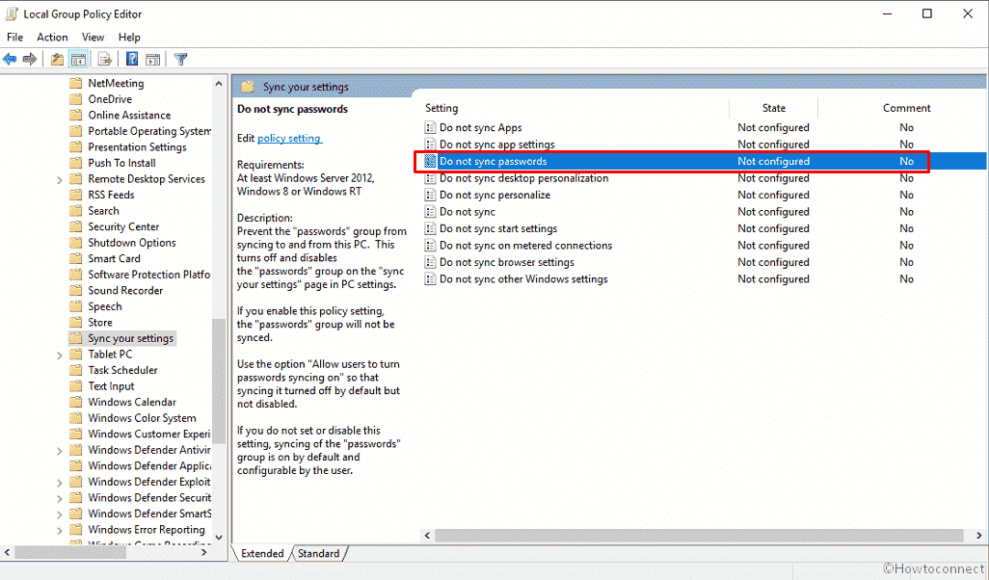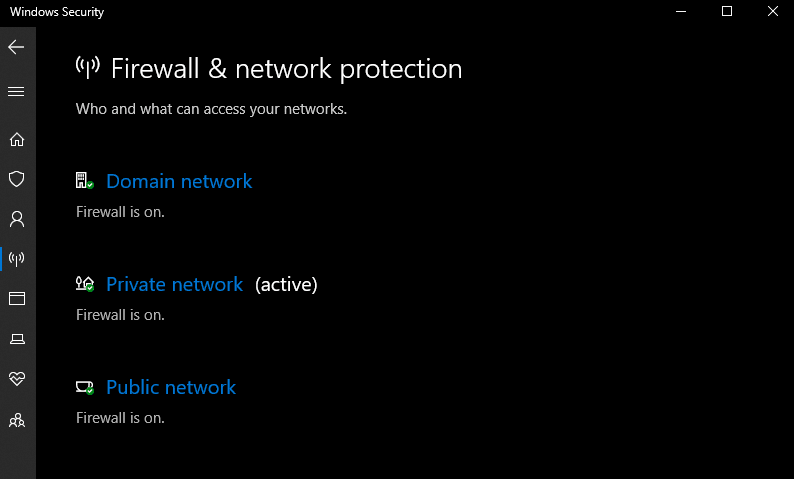
In order to enjoy the functionality, though, you’ll need to sync devices, which starts by logging in with the same Microsoft account on each PC. Windows 10 has a built-in sync engine that can keep several settings and system information up-to-date across your PCs. Depending on your strategy it may be important to know your PCs systems and components.

In this guide, we’ll show you how to synchronize your devices as well as some ways to keep your system settings and information synced across all of your Windows 10 PCs. Whatever the scenario, one challenge of using more than one PC is to make sure that all of your information is synchronized – there’s nothing worse than needing access to a document and having it stuck on the one PC that’s in another location. This tutorial will show you how to enable or disable syncing passwords on the Sync your settings page in Settings for all users in Windows 10.It’s not unusual today to have multiple PCs, perhaps a desktop at home, a laptop for work, and maybe a gaming laptop for taking to LAN parties.

For a complete list of settings that Windows can sync, see Windows 10 roaming settings reference.

If you turn on Other Windows settings, Windows syncs some device settings (for things like printers and mouse options), File Explorer settings, and notification preferences. You can choose to sync your theme, passwords, language preferences, Ease of Access, and Other Windows settings settings. The settings you choose to sync are also saved in OneDrive (cloud).

If Sync settings isn't available on your device, your organization might not allow it.Sync settings also works if you sign in with a work or school account linked to your Microsoft account.When Sync settings is turned on, Windows syncs the settings you choose across all your Windows 10 devices that you've signed in to with your Microsoft account. How to Enable or Disable Syncing Passwords in Sync Your Settings on a Windows 10 PC


 0 kommentar(er)
0 kommentar(er)
